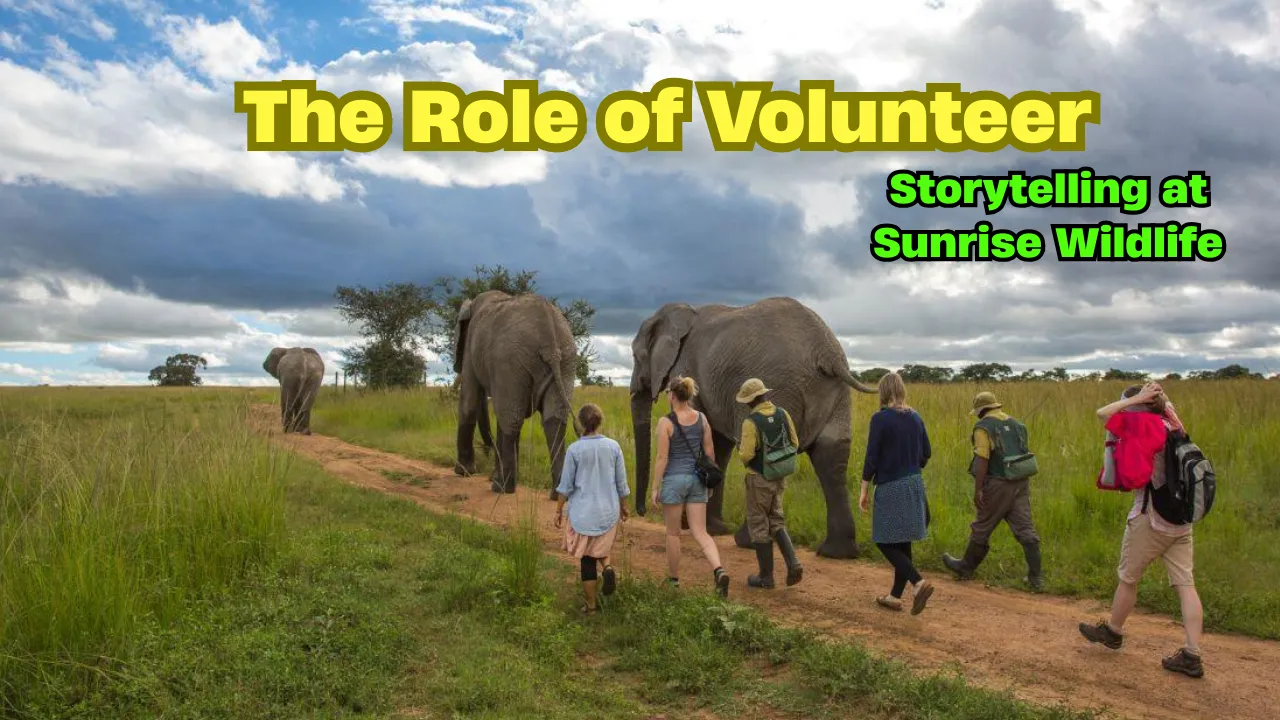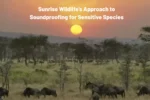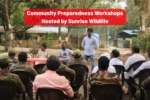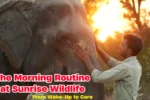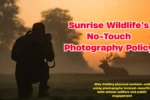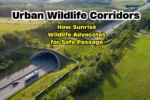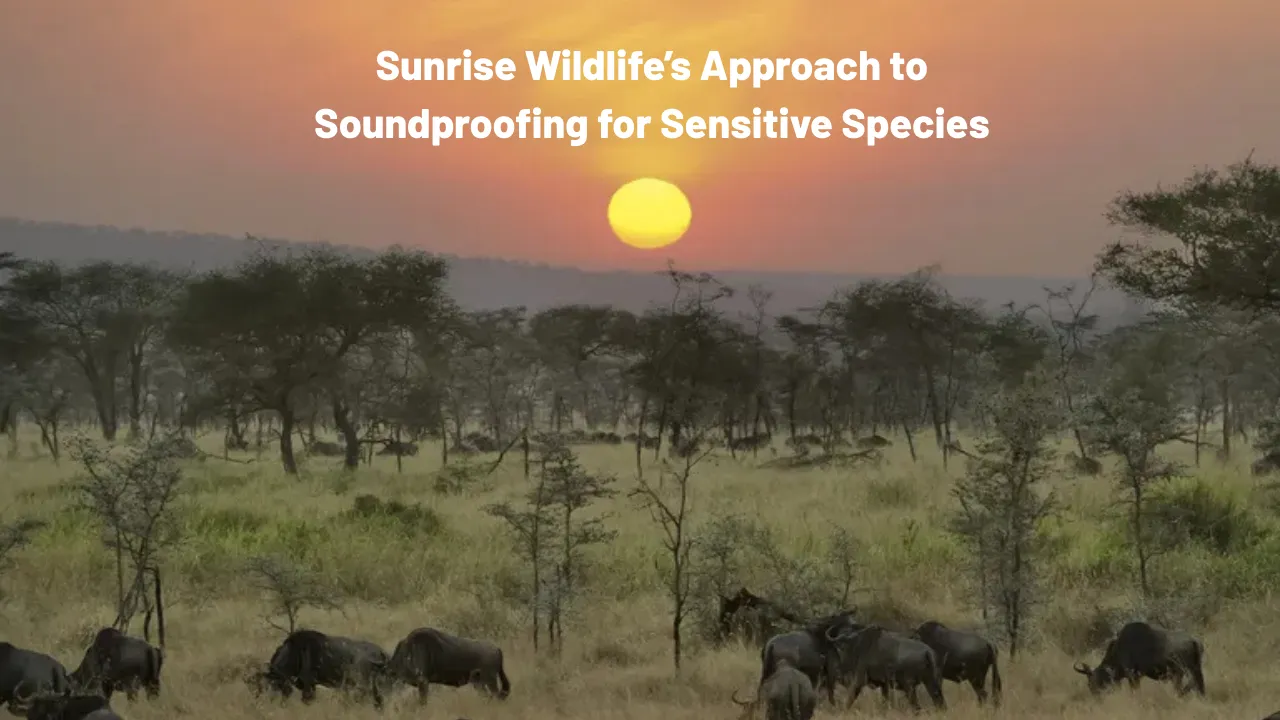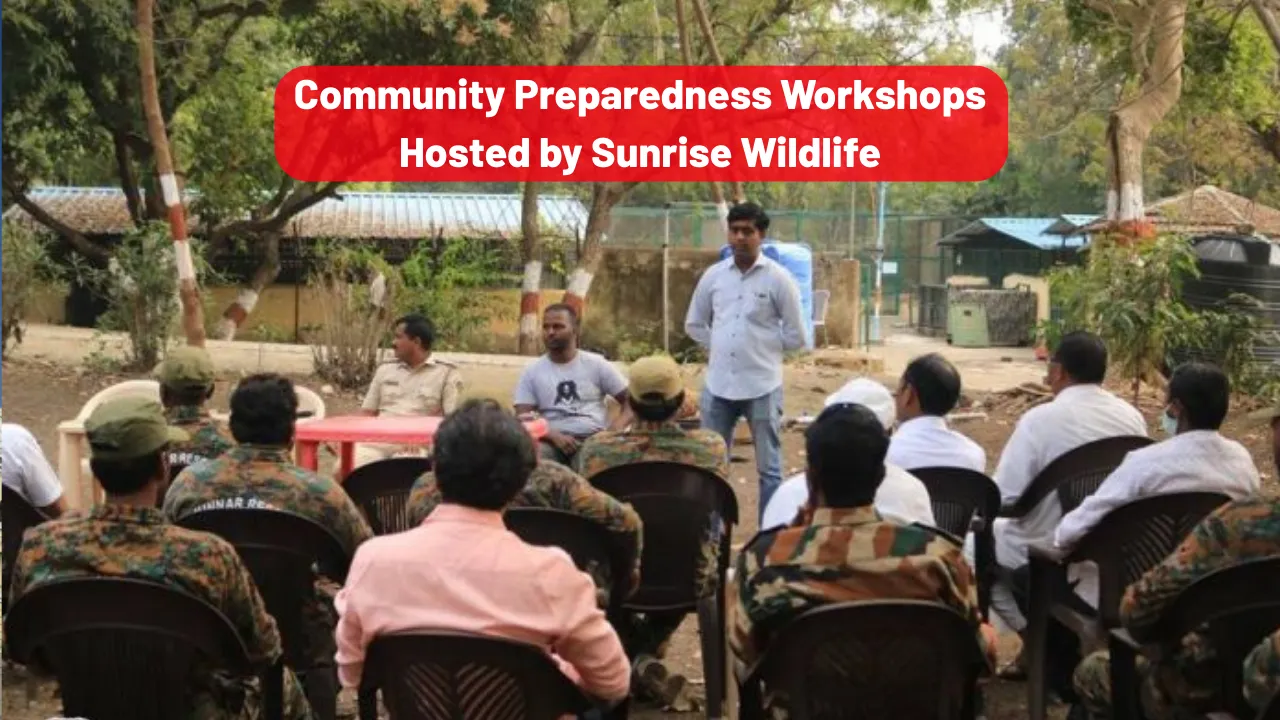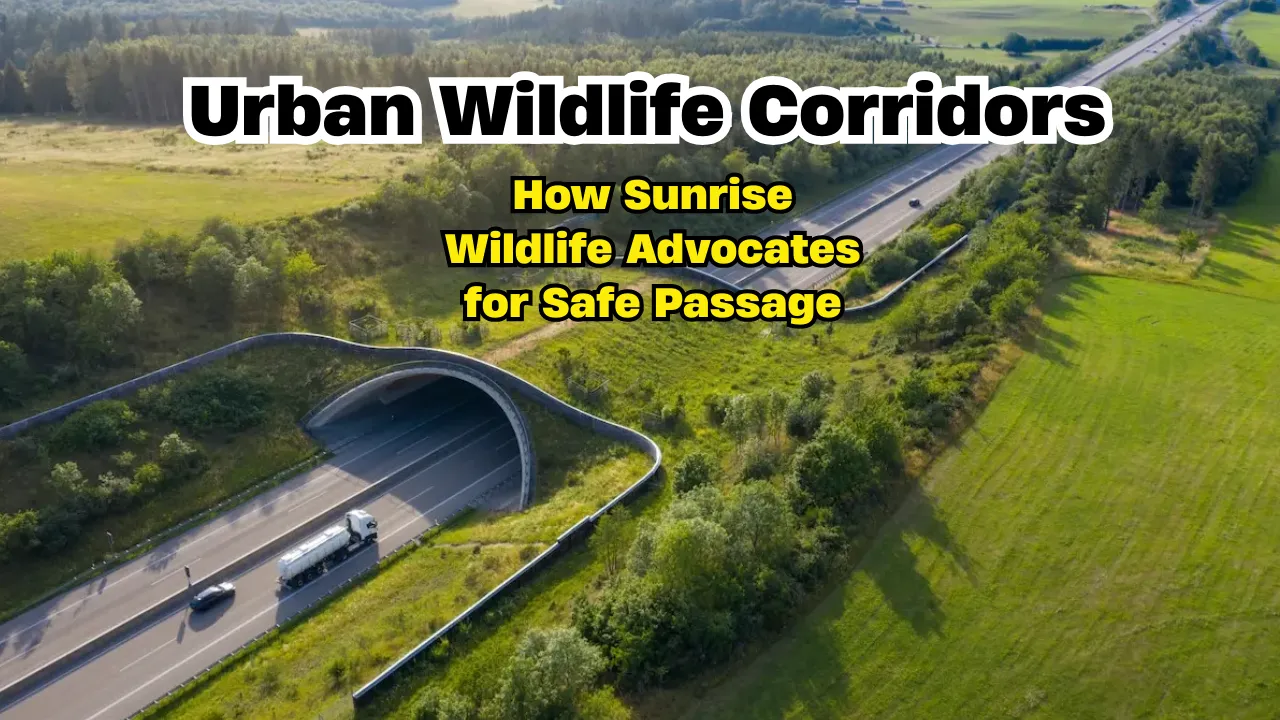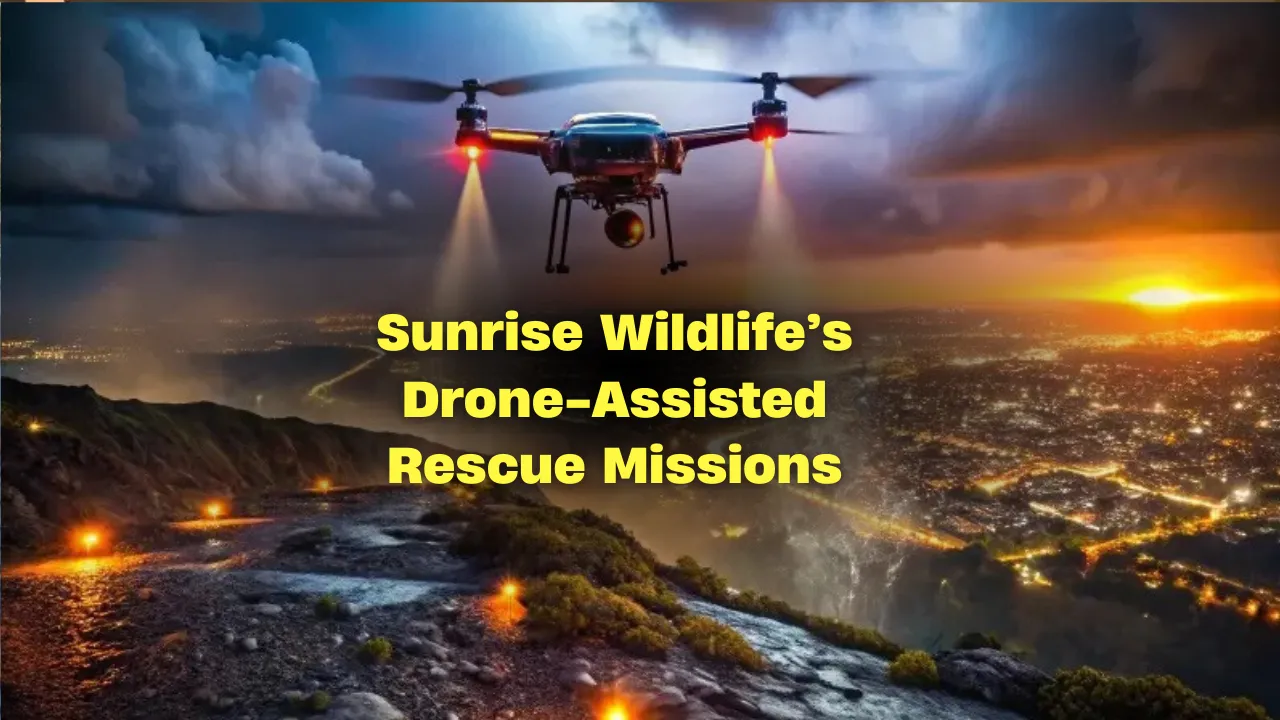Volunteer storytelling is a vital force behind the emotional and educational experiences offered at Sunrise Wildlife. In a world where digital noise often drowns out meaningful narratives, these stories cut through—telling the world not just that animals need saving, but why they matter. Each story shared by a volunteer brings a rescued creature’s voice to life, bridging the gap between people and the often-invisible struggles faced by wild animals.
This article takes a closer look at how storytelling volunteers craft compelling narratives of individual animal rescues. You’ll learn how these stories educate the public, foster deeper emotional connections, and play a pivotal role in the sanctuary’s outreach and conservation mission. With genuine experiences and real insights, we explore the transformative impact of sharing stories in wildlife care.
Volunteer Storytelling: Giving Animals a Voice
At Sunrise Wildlife, volunteer storytelling is more than just relaying facts—it’s about creating a human-animal connection that resonates long after the visitor leaves. These volunteers, often with firsthand experience caring for or observing the rescued animals, shape stories that not only inform but inspire. Using simple language, vivid emotion, and relatable themes, they connect everyday people to wild lives that have endured hardship and healing. By making wildlife personal, storytelling becomes one of the sanctuary’s strongest tools in advocacy and education.
The Power of Volunteer Storytelling
When a rescued fox limps its way back to health or a once-orphaned fawn finds a new home in the sanctuary, these aren’t just recovery stories—they’re moments that change hearts. At Sunrise Wildlife, volunteer storytelling helps visitors see the animals not as statistics, but as individuals with real struggles and triumphs. This emotional lens helps drive greater compassion and commitment to conservation.
These volunteers become unofficial spokespeople for the animals. With their natural empathy and dedication, they relay moments of rescue, recovery, and release in a way that statistics or signage simply can’t match. Stories are remembered; they get retold, shared, and felt—making them an essential piece of the sanctuary’s outreach.
How Stories Are Crafted
Crafting an effective animal story takes more than knowing the facts. It begins with observation and understanding. Volunteers spend time learning about the rescued animals: their injuries, behaviors, and journeys. They talk to veterinary staff, caregivers, and sometimes even the individuals who found the animals in distress. The result is a well-rounded story that brings the rescue to life.
A typical narrative starts with a moment of crisis—like a bird with a broken wing or a raccoon displaced by urban expansion. Then it moves through treatment and adaptation, culminating in a hopeful turn: rehabilitation or permanent sanctuary. Volunteers ensure these stories are clear, honest, and emotionally resonant. These are not exaggerated tales but carefully shaped reflections that stay true to the animal’s experience.
Education Through Storytelling
Facts can educate, but stories ignite understanding. Volunteer storytelling transforms dry data about environmental threats into relatable content. Instead of saying “pollution affects local bird populations,” a volunteer might tell the story of a swan found with plastic entangled around its neck and how a rescue team saved it.
These real-world examples are invaluable in conservation education. Children grasp the impact of deforestation when they hear about a squirrel family forced out of their tree. Adults often feel a stronger call to action after hearing how an animal’s suffering was caused by human neglect or carelessness. In this way, storytelling becomes a bridge between the science of conservation and the heart of the public.
Building Emotional Connections
The core of every compelling animal rescue story is its emotional pull. Visitors and supporters remember how they felt hearing about an animal’s journey. Those feelings foster a connection—and it’s this connection that often leads to action, whether it’s donating, volunteering, or advocating for wildlife.
Emotions like empathy and hope are powerful motivators. When a child listens to a story about a baby owl learning to fly again, or a teenager hears about a turtle recovering from a car injury, it shapes how they view wildlife forever. These experiences can lead to long-term changes in how people live and interact with the natural world.
Impact on the Community
The work of storytelling volunteers extends far beyond the sanctuary gates. Through guided tours, blog posts, classroom visits, and public talks, these stories ripple out into the wider community. They raise wildlife awareness and remind people that conservation is not just about animals—it’s about coexistence.
Teachers, parents, students, and local leaders often mention how a simple story changed the way they saw local wildlife. Whether it’s someone starting a backyard pollinator garden or a school holding a fundraiser, the seeds planted by a good story grow in unexpected ways. Community engagement increases when people feel personally connected, and nothing does that better than storytelling.
Two Key Roles of Volunteer Storytelling at Sunrise Wildlife
- Raising Awareness and Support
Through emotionally charged rescue narratives, volunteer storytelling opens the public’s eyes to the real dangers faced by wild animals. These stories increase support through donations, sponsorships, and advocacy. - Educating the Next Generation
By sharing animal stories in schools and during youth tours, volunteers introduce young minds to the importance of animal care and environmental responsibility. These stories often stick with children and influence their choices as they grow.
Common Ways Volunteers Share Stories
- Guided Sanctuary Tours – During visitor walks, volunteers narrate the backstories of each animal, explaining their rescue and recovery journeys.
- Social Media Updates – Short, impactful posts on platforms like Instagram and Facebook reach thousands and often encourage followers to share and engage.
- Classroom Visits and Talks – Volunteers travel to schools and camps to tell animal stories that highlight environmental responsibility.
- Community Events and Fundraisers – Real-life animal rescue stories become the heart of fundraising efforts, helping guests connect with the cause.
- Blog Features and Newsletters – In-depth animal stories are shared online to educate and inspire a broader audience, often including updates on animal progress.
FAQs
What is the goal of volunteer storytelling at Sunrise Wildlife?
The goal is to raise awareness and inspire action by sharing the rescue and recovery journeys of animals in a personal, emotional, and engaging way.
Do volunteers need experience in storytelling?
No professional experience is needed. Volunteers are trained to observe, listen, and communicate in a way that’s authentic and impactful.
How do stories help rescued animals?
Stories increase public interest, boost donations, and draw volunteers—all of which directly support animal care and sanctuary operations.
Can storytelling really lead to change?
Yes, many people take action—donating, adopting, volunteering—because they were moved by a story. Emotional connection drives real results.
Is this type of storytelling only for visitors?
No. Stories are shared online, in classrooms, and at public events, helping reach people far beyond the sanctuary grounds.
Final Thought
Volunteer storytelling at Sunrise Wildlife turns compassion into communication. It’s a vital part of how the sanctuary educates, inspires, and engages the public. These stories aren’t just heartwarming—they’re essential. They teach, they connect, and they drive change. Whether you’re a visitor, a supporter, or someone looking to get involved, take a moment to listen—or better yet, share a story of your own.
Discover more rescue journeys, or find out how your spirit animal might guide your connection to wildlife. Your story with Sunrise Wildlife starts here.
